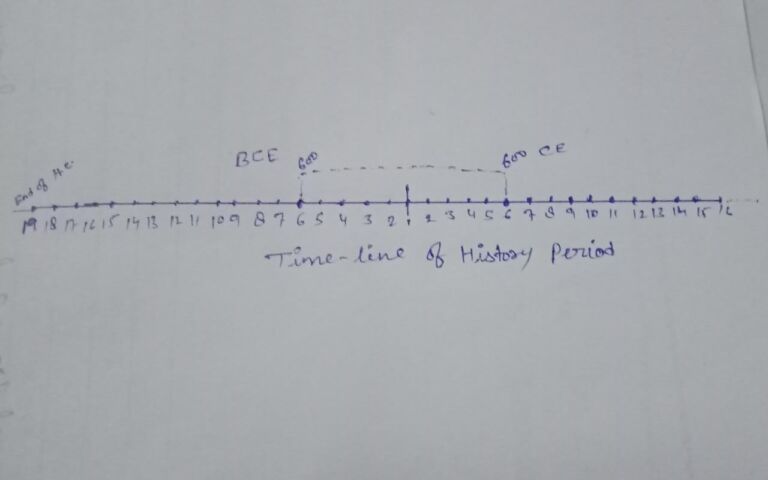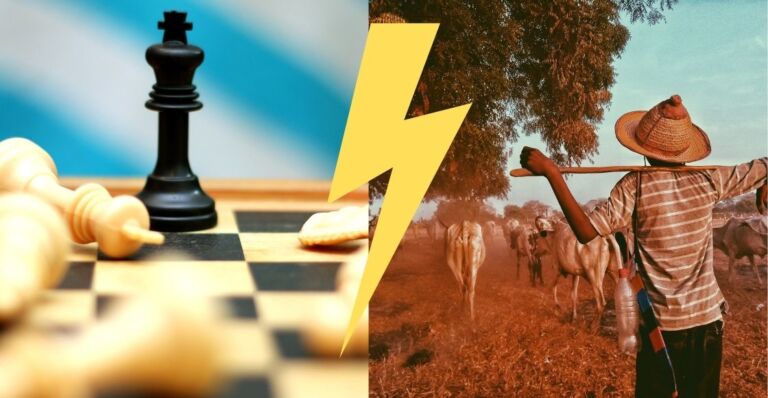King Farmers and Towns Notes
Checkout handpicked notes of NCERT class 12 History part 1 lesson 2 King, farmers and towns notes by Vibha Madam, and don’t forget to share your valuable comments in the comment below to motivate our author.

- End of Harappan civilization about 1900 BCE
- 6th century Rigveda was composed by the people living along the Indus and its tributaries
- Settled agriculture emerged in North India, Deccan plateau and part of Karnataka
- A new kind of disposal of the dead, like making megaliths, emerged in Central and South India.
- The dead were buried with iron tools and weapons
- Emergence of early States empires and kingdoms
- Historians’ sources to understand are inscriptions, texts, coin and visual materials
Prinsep and Piyadassi
In 1830, the East India company officer James Prinsep deciphered Brahmi and Kharosthi script. These scripts were used in the earliest inscription and coins. He found that most of these mentioned a king referred to as Piyadassi (pleasant to behold).
According to these texts Piyadassi was to refer to the most famous King Ashoka.
The earliest States
The sixteen mahajanapadas
The sixth century BCE is often regarded as a major turning point in early Indian history.
It is an Era associated with early States,cities and growing use of iron, the development of coinage etc.
It also witnessed the growth of a diverse system of thoughts, including Jainism and Buddhism.
According Buddhist and Jaina texts, there were sixteen States known as Mahajanapadas.
Vajji, Magadha, Kaushal, Kuru, Panchala, Gandhara, Avanti, Kasi, Anga, Malla, Chedi, Vasta, Matsya, Surasena, Assaka, Kamboja.
While most Mahajanapadas were ruled by kings, some known as Ganas or Sanghas were Oligarchies (where power was shared by a number of men) often collectively called Rajas.
Mahavira and Buddha belonged to such as Ganas. Vajji was also an example of this.
Each mahajanapadas had a capital city, which was often fortified.
Brahmanas began composing Sanskrit texts “Dharmasutras” which laid down the norms for rulers.
First amongst the sixteen- Magadha
between the 6th and 4th century BCE Magadha (in present day Bihar) became the most powerful Mahajanapada .
Reasons for its development
- Fertile region
- Iron mines
- Elephants found in forest region
- Ganga and its tributaries provided convenient communication
- Ruthlessly ambitious kings like Bimbisara, Ajatasattu and Mahapadmananda. Initially, Rajagaha (means house of the King present name Rajgir) was the capital of Magadha later, in the 4th century BCE ,capital was shifted to Patliputra (present day- Patna)

An early Empire
Chandragupta Maurya founded the Maurya Empire(c 321 BCE) and extended control upto Afghanistan and Balochistan.
His grandson Ashoka, the most famous ruler Kalinga (Orissa)
Finding out about the Mauryas
- Historians have used a variety of sources to reconstruct the history of the Mauryan Empire
- Archaeological finds, especially sculpture
- Contemporary works such as the account of Megasthenes ( a Greek ambassador) Indica
- Arthashastra composed by Kautilya or Chanakya
- Buddhist, Jaina and puranic literature as well as Sanskrit literary works.
- Inscriptions of Ashoka on rocks and pillars
- Ashoka was the first ruler who inscribed the messages or Dhamma to his subjects
- Dhamma included respect towards elders, generosity towards Brahmanas, treating slaves and servants kindly, respect for others’ religion and traditions etc.
Administering The Empire
- There was five major political centres in the Mauryan empire Patliputra, Taxila, Ujjaini, Tosali and Suvarnagiri (Karnataka)
- Some messages emerged everywhere from the present day southwest Frontier provinces of Pakistan to Andhra Pradesh, Orissa and Uttarakhand in India.
- In this most Empire administrative centres were carefully chosen.
- Both Takshila and Ujjaini being situated on important long-distance trade routes while Suvarnagiri was possibly important for trapping the gold mines.
- Communication along both land and river-rine routes was vital for the existence of the Empire.
- Army was an important means of protection.
- Megasthenes mentions a committee with six subcommittees
1) One for coordinating the Navy
2) Second managed transport and provisions
3) Third was responsible for foot -soldiers
4) Fourth for horse
5) Fifth for chariots and
6) Sixth for elephants
The activity of second sub-committee work rather varied
- Arranging for Bullock carts to carry equipment, procuring food for soldiers and fodder for animals and recruiting servants and artisans to look after the soldiers .
- Dhamma Mahamatta were appointed to spread the messages of Dhamma.
How important was the Empire
When historians began reconstructing early Indian history in the nineteenth century, the emergence of the Mauryan Empire was regarded as a major landmark.
New Notions of Kingship
- By c200 BCE emergence of new chiefdoms and kingdoms in several parts of the subcontinent
- Cholas, Cheras and Pandyas in Tamilakam, known for Sangam text
- Most of these states including Satavahanas and Shakas had control over long-distance trade networks .
- Kushanas (c first century BCE to first century CE) ruled over a vast Kingdom extending from Central Asia to New West India.
- Their history has been reconstructed from inscriptions, coins and sculptures which convey a sense of the notions of kingship.
Comment below in the comment section below to appreciate and motivate our author by sharing this notes with your friends you can also Contact us for any query or if you are interested in writing with us.
Click here to read second part of this chapter.
Stay tuned for more amazing stories, poems & articles like this.
For sponsor any article or your article you can mail us with your logo ready and details.




wonderful … thanks ma’am I am waiting for next topic please upload soon maam
awesome notes
genuinely helpful and interesting
comprehensive and admirable
comprehansive and admirable
Amazing work maam
useful notes ma’am
grrrrrrrrrreat
👍🏻💯
Helpful but It’s incomplete.
hi Shruti, there is a second part for this chapter
You can read it by clicking here
Not complete notes